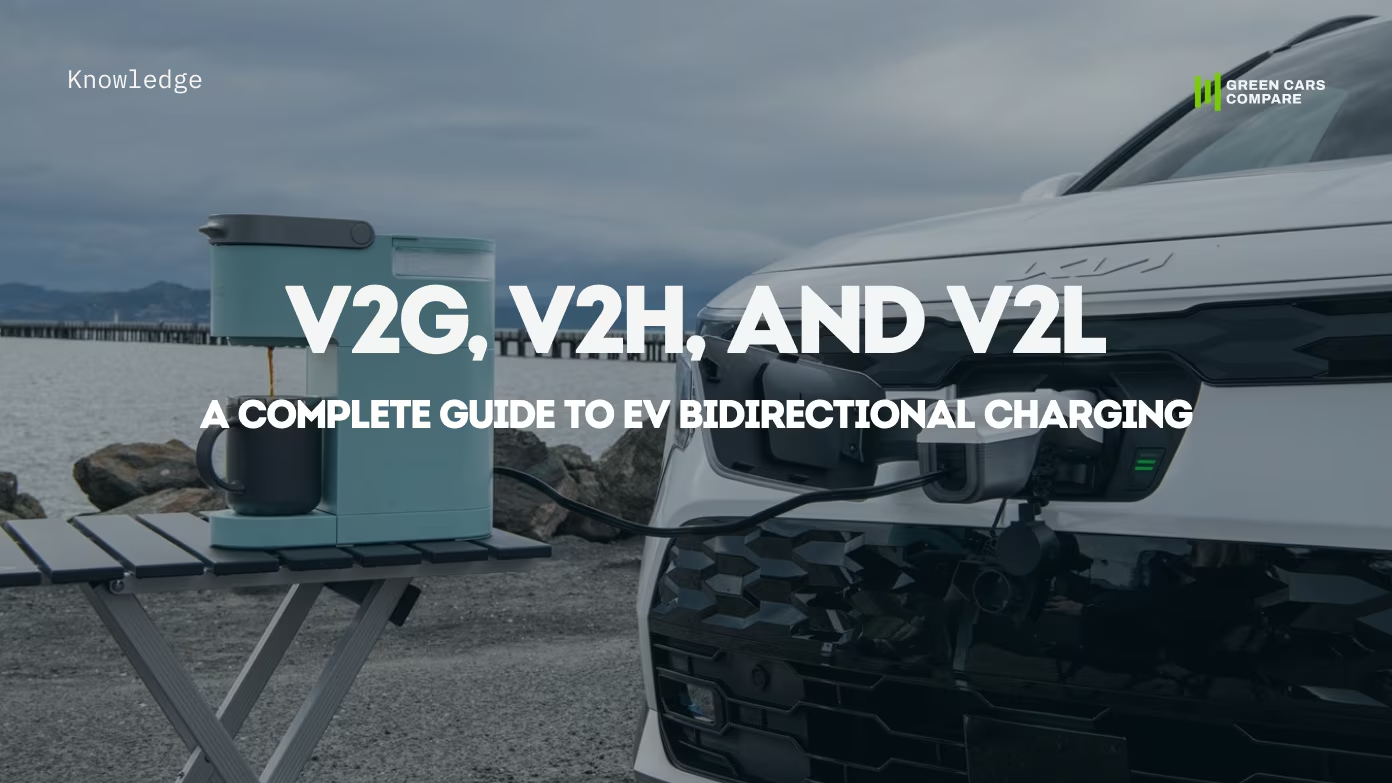
Nissan Leaf 60 kWh
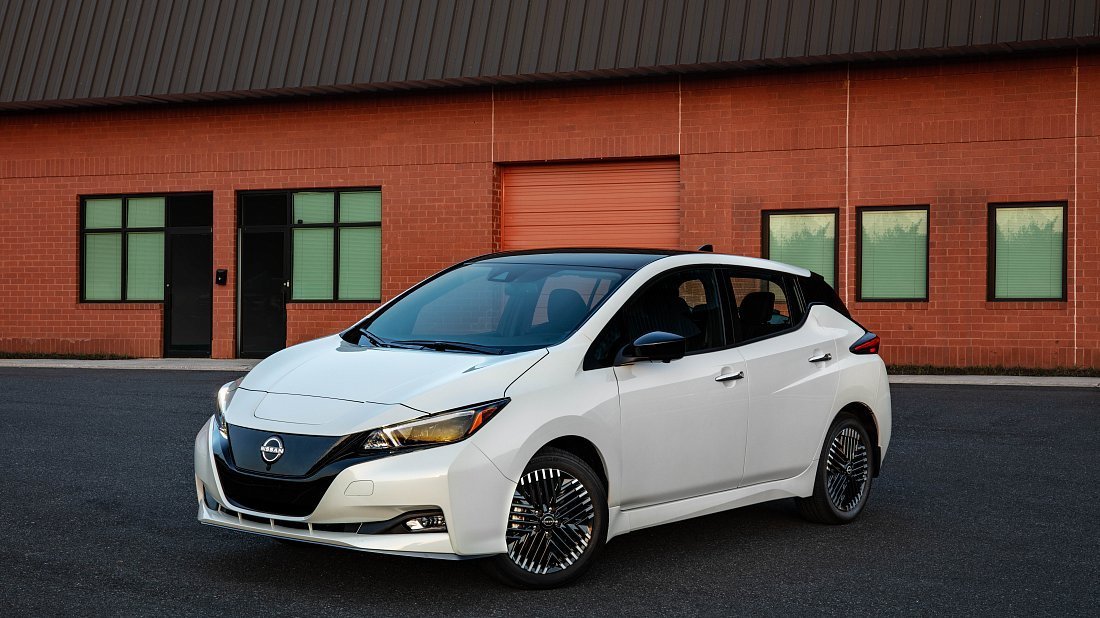
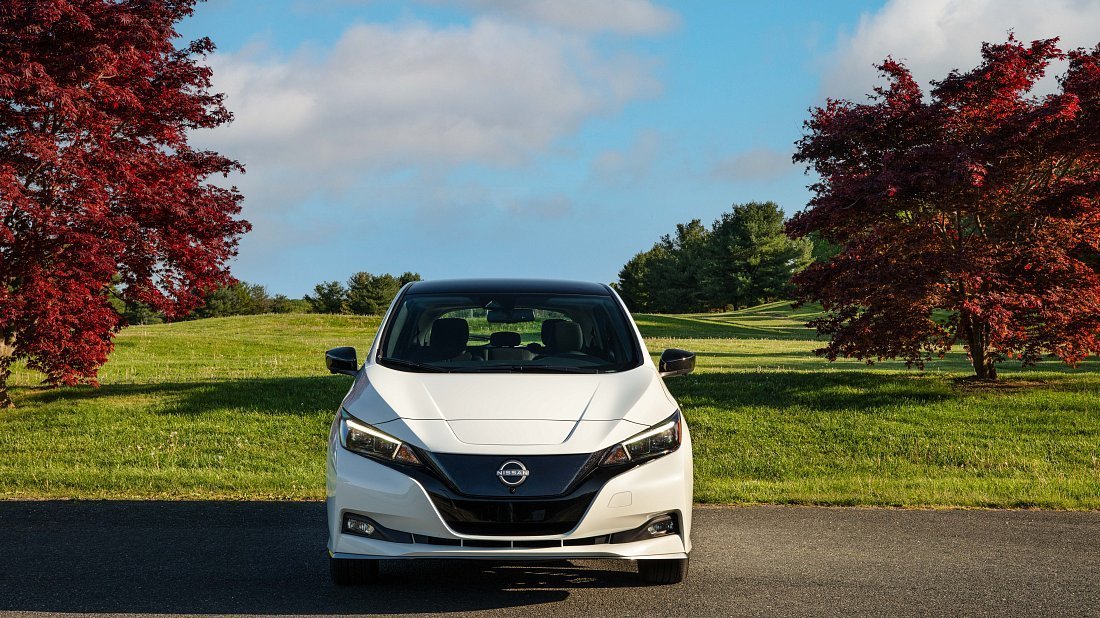
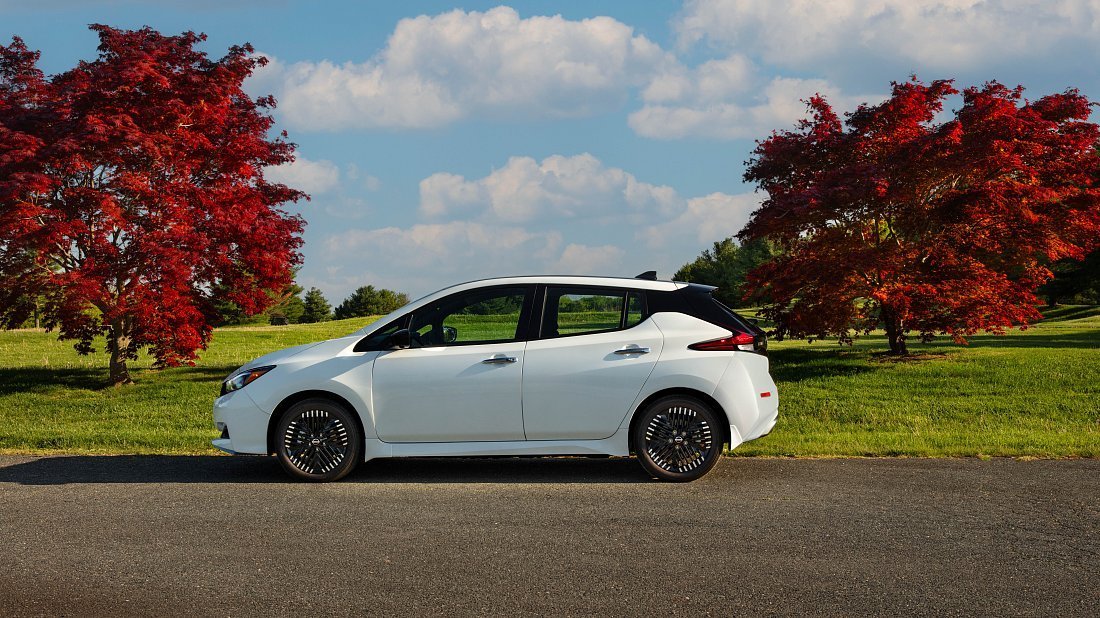
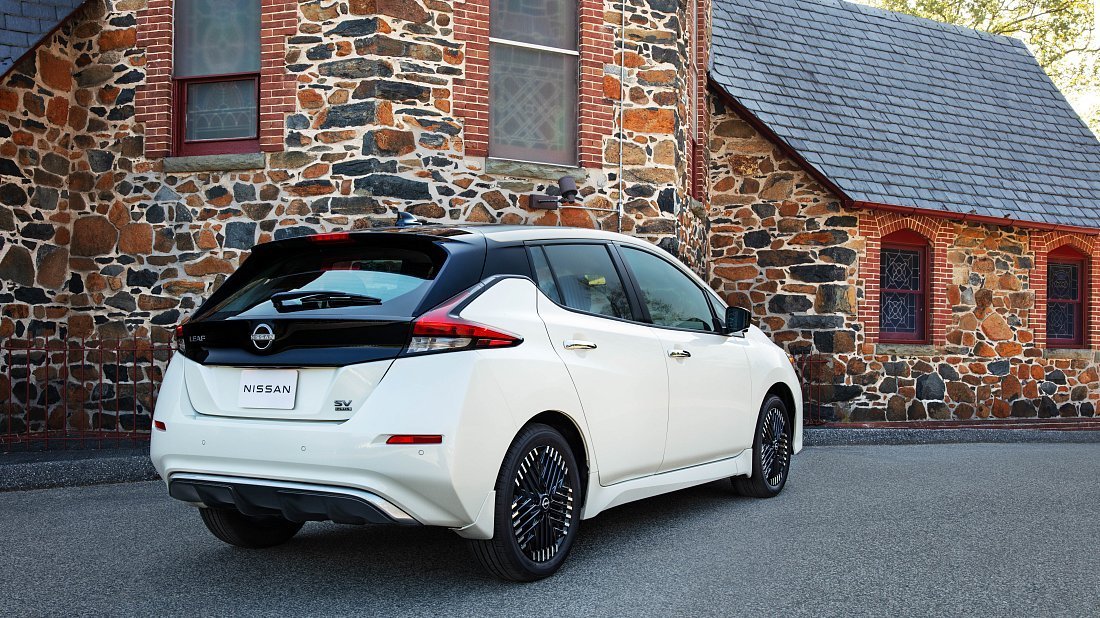
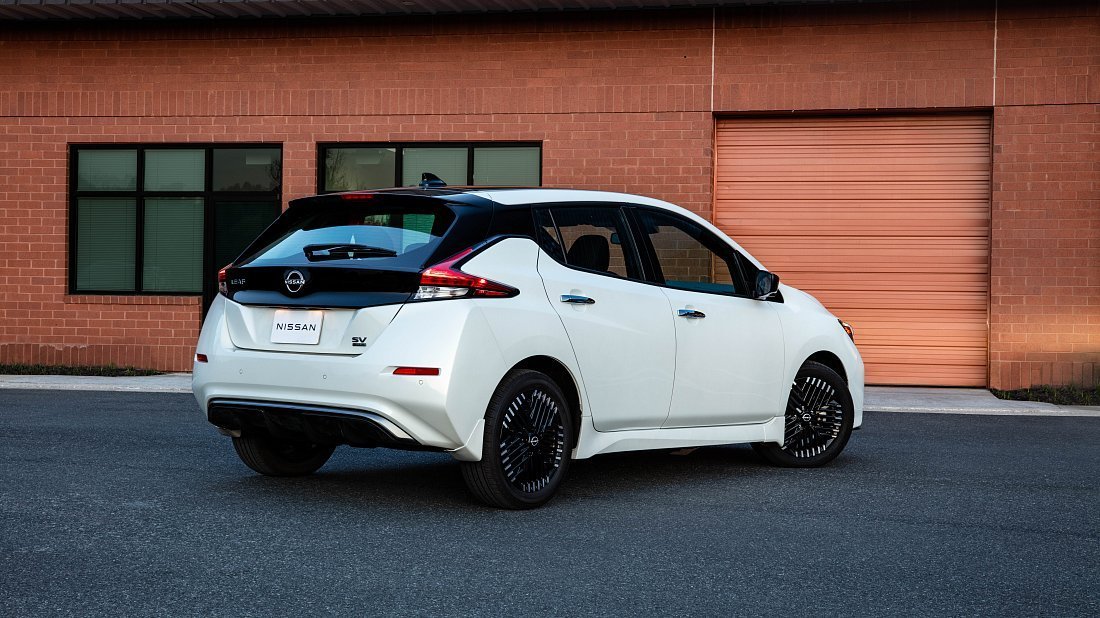
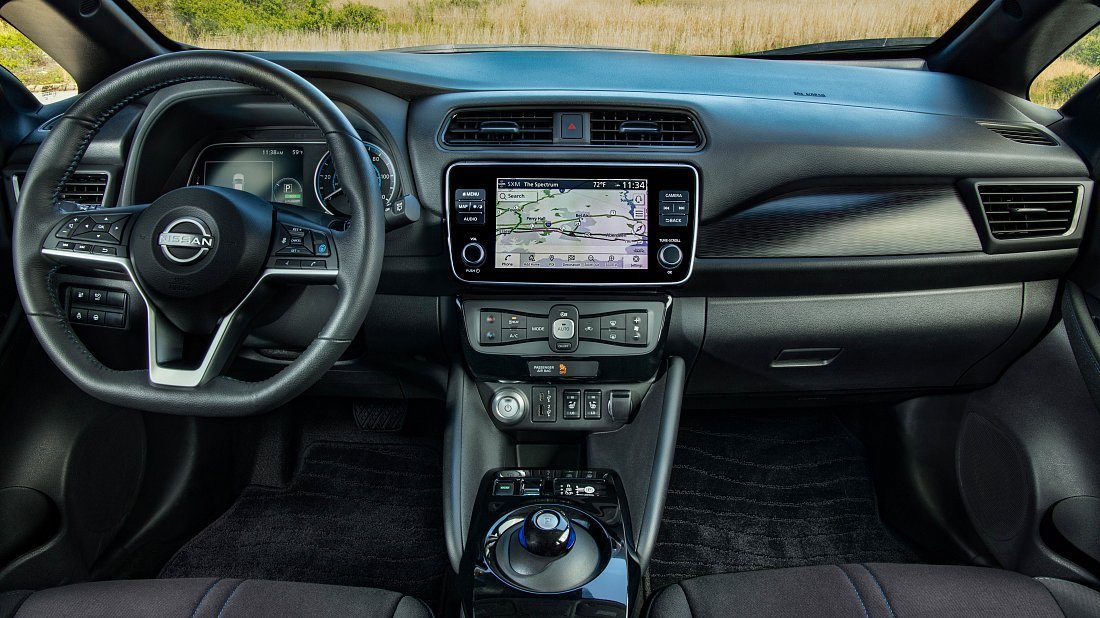
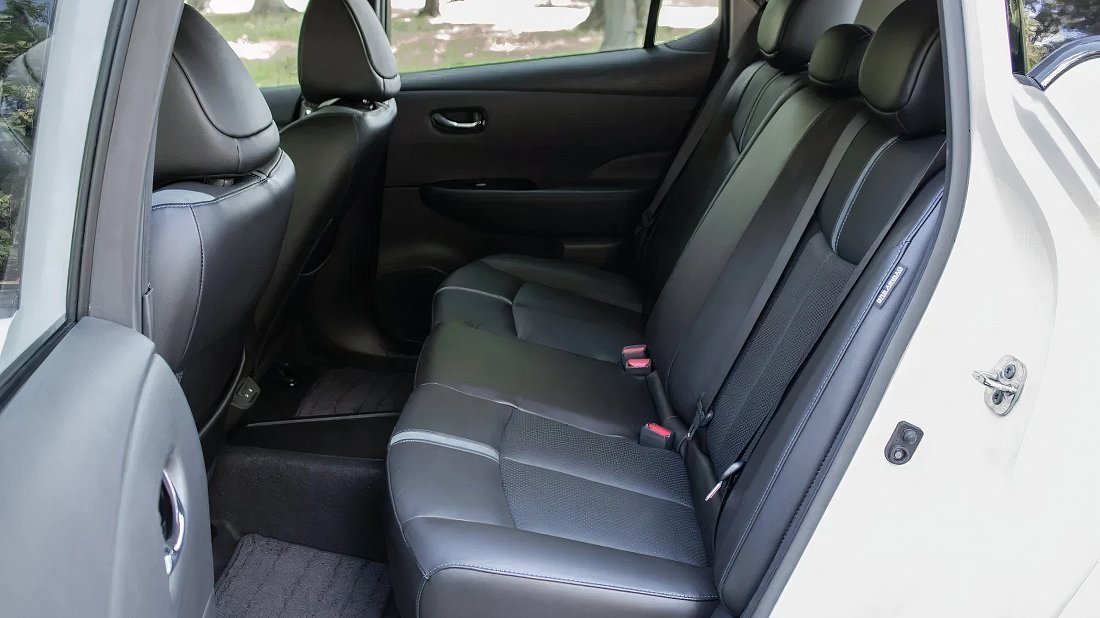
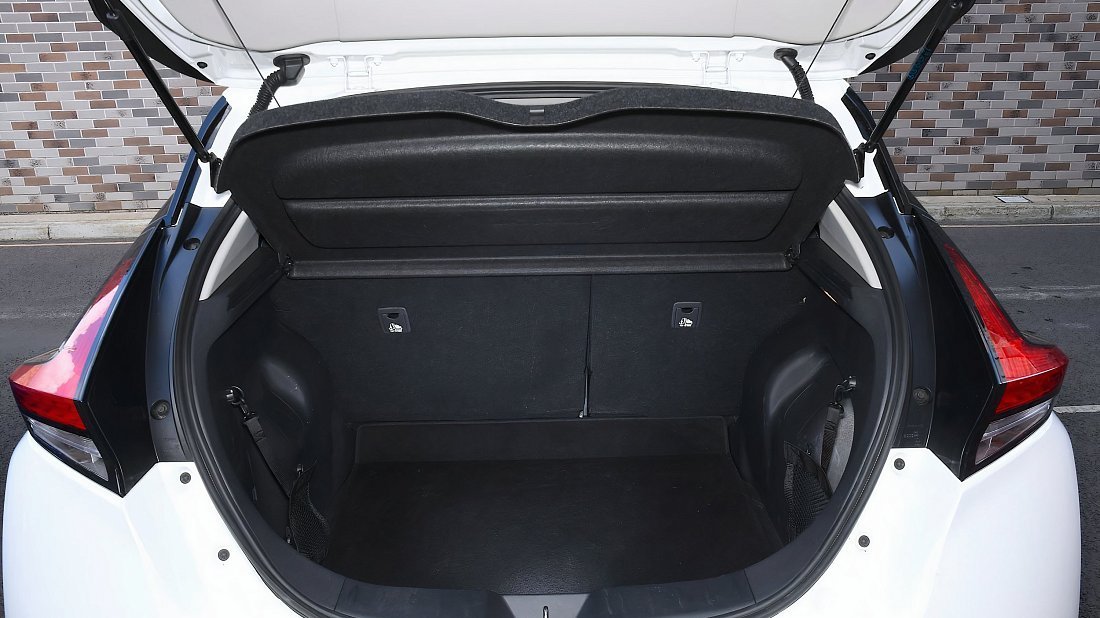
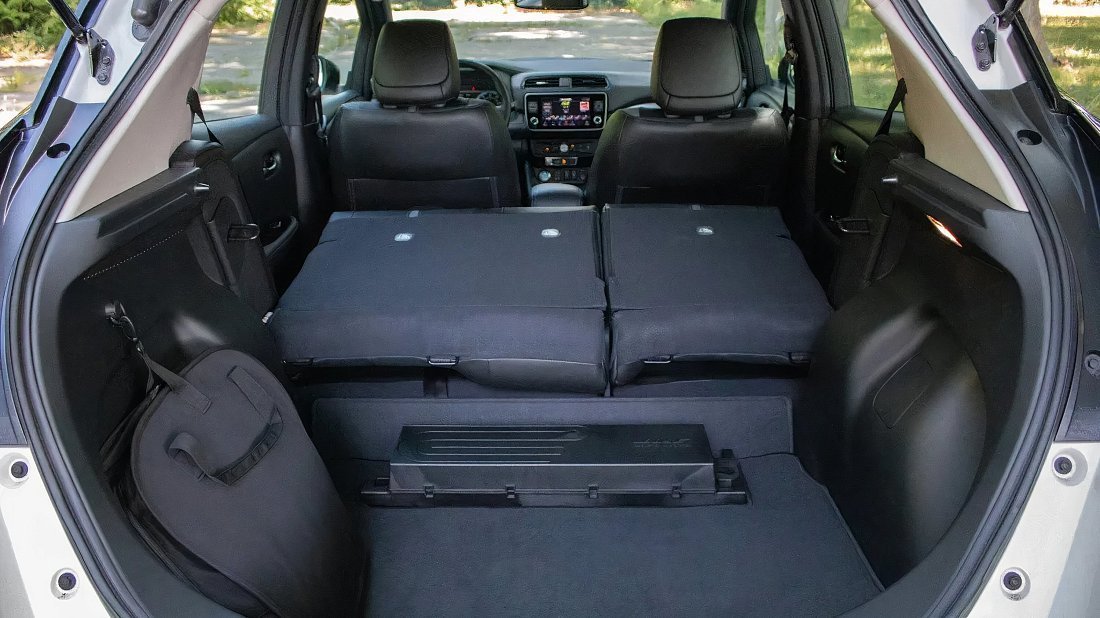
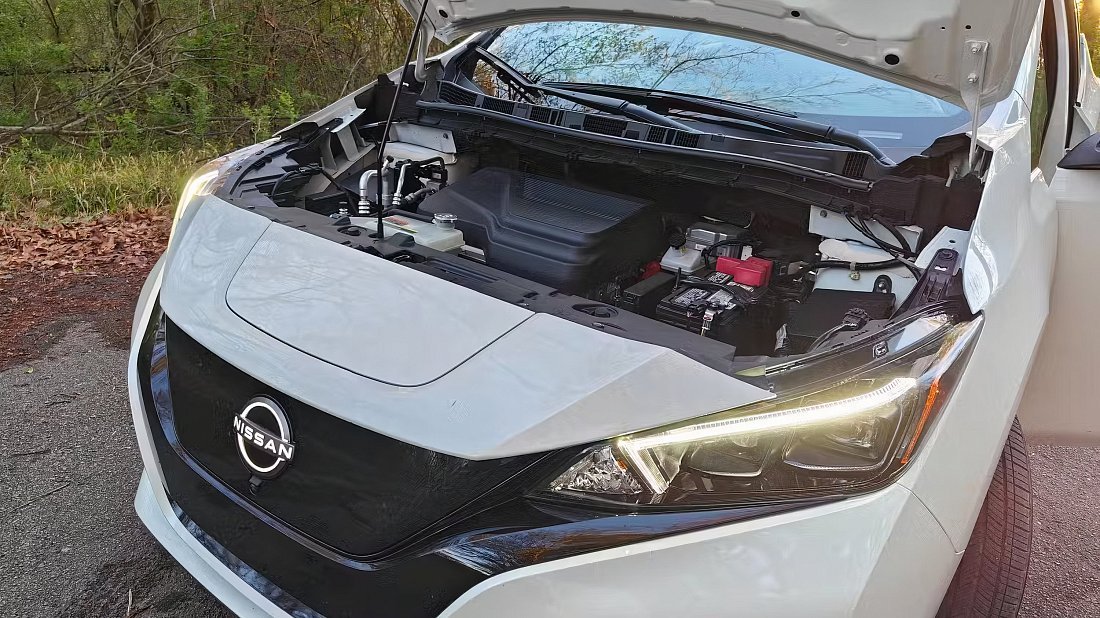
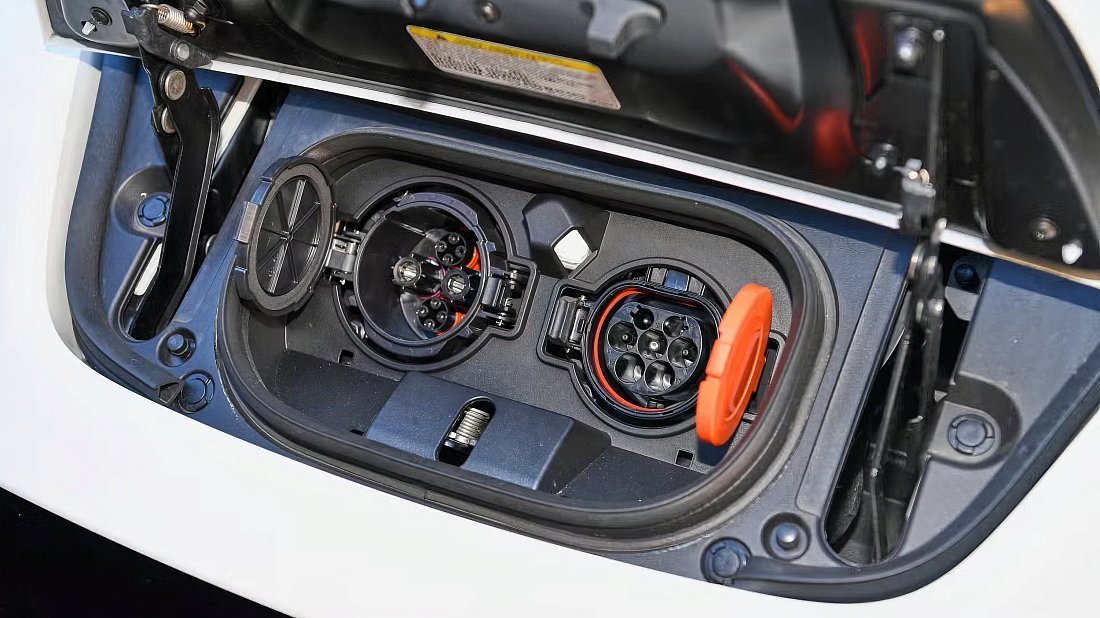
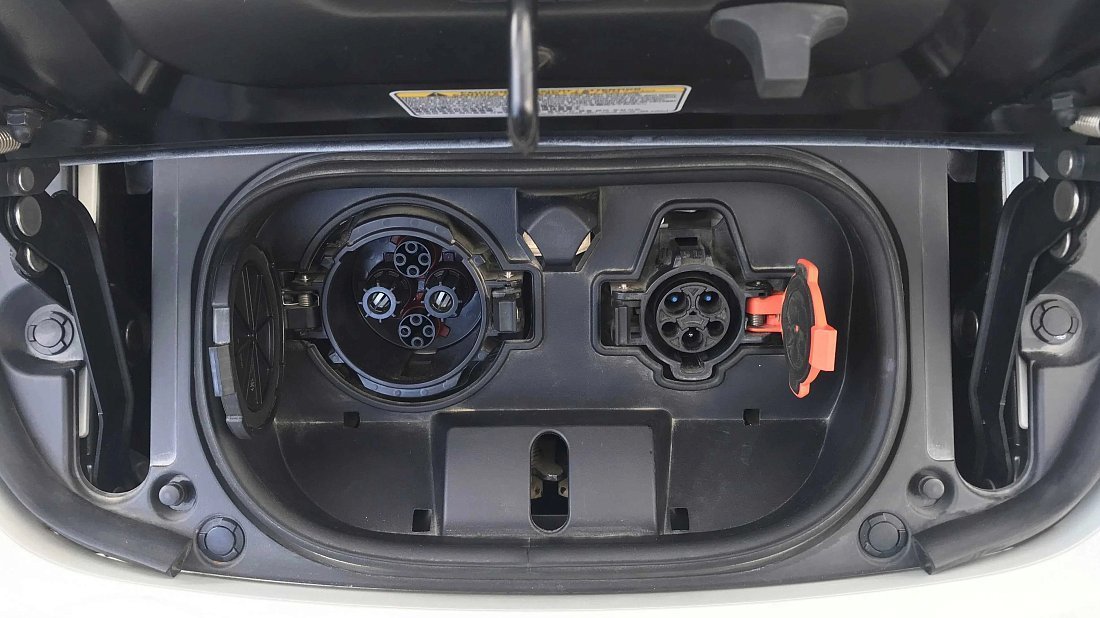
Overview
Main Overview Information
- Price Europe (New)
- No Data
- Price Europe (Used)
- €20.900
- Country of Manufacture
-
- Japan
![Japan Japan]()
- UK
![UK UK]()
- USA
![USA USA]()
- Japan
- Years of Production
- 2022-2025 (Discontinued)
- Body Style
- Hatchback
![]()
- Market Availability
- EU, USA
Pros and Cons
Reasons to Buy
- Great second-hand value
- Proven long-term reliability
- Generous, practical cargo space
- Brilliant one-pedal driving
Reasons Not to Buy
- Outdated CHAdeMO charging port
- Passively cooled battery pack
- Dated interior design
- Slow overall charging speeds
Overview
The Nissan Leaf, the original mass-market EV hero, bows out with the 2025 60 kWh model. This top-spec version packs the larger battery, offering a practical range that still makes it a compelling choice for families and commuters. While its design is familiar, its proven reliability and straightforward approach to electric motoring represent a solid package. As production has ceased, it's now a fantastic value proposition on the used market, with estimated prices hovering around €20,900. It's a final, refined version of a true electric trailblazer, offering a no-fuss entry into EV ownership.
What's New for 2025?
For its final year, the 2025 Leaf 60 kWh is essentially a victory lap, carrying over the updates from its recent refresh. Don't expect any massive changes; this is the definitive and final version of the iconic hatchback. It sports the updated Nissan branding, a smoothed-out front grille, and sharp-looking alloy wheels that were introduced a couple of years prior. Think of it less as a new model and more as the last call for a well-honed classic, offering the best-of-the-best from its long and successful production run before it's replaced by a new crossover.
Design & Exterior
The Leaf’s design is a familiar and friendly face on the road. It’s a sleek but understated hatchback that doesn't scream about its electric credentials. The 60 kWh model features stylish alloy wheels and a smoothed-out black panel grille with the modern Nissan logo. Its dimensions—4490 mm in length, 1788 mm in width, and 1540 mm in height—make it a perfect fit for tight city streets and car parks. While not as radical as some rivals, its clean lines and aerodynamic profile have aged gracefully, making it a smart and sensible-looking car.
Interior, Tech & Cargo
Inside, the Leaf offers a no-nonsense, practical cabin that prioritizes ease of use over futuristic flair. The layout is user-friendly, with a mix of physical buttons and a central touchscreen equipped with Apple CarPlay and Android Auto. Passenger space is generous for a hatchback, and the seats are comfy for daily driving. It’s a proper cargo hauler, too, with a decent 426-litre boot that expands to a very useful 1167 litres when you drop the rear seats. While there's no frunk for extra storage, the overall practicality is a major win.
Performance & Driving Experience
This Leaf packs a proper punch! With its 160 kW Permanent Magnet Synchronous Motor sending 340 Nm of torque to the front wheels, it zips from 0 to 100 km/h in a brisk 7.1 seconds. The instant torque makes it feel wonderfully responsive for city driving and motorway overtakes. The ride is tuned for comfort, soaking up bumps with ease. Plus, Nissan's brilliant e-Pedal allows for true one-pedal driving, making stop-start traffic an absolute breeze. It's an effortless and relaxing car to drive, with just enough poke to put a smile on your face.
Range, Battery & Charging
The 60 kWh model has decent legs, thanks to its 59 kWh usable battery. Green Cars Compare calculates a real-world range of around 336 km, with an impressive efficiency of 5.69 km/kWh. Charging is a mixed bag. At home on AC, the optional 6.6 kW charger is a must-have over the slow 3.6 kW standard. For DC fast charging, it peaks at 100 kW. The big catch for Europe is the CHAdeMO port for DC, which is becoming rare, while AC charging uses the standard Type 2 connector.
Safety & Driver-Assistance Features
Safety is a strong suit for the Leaf, backed by a top-tier 5-star Euro NCAP rating. This 60 kWh version comes well-equipped with Nissan's ProPILOT Assist system. This brilliant bit of kit acts as a great co-pilot on the motorway, combining intelligent adaptive cruise control with active lane-keeping to reduce driver fatigue. Standard features also typically include autonomous emergency braking with pedestrian detection, blind-spot monitoring, and rear cross-traffic alert, making it a very reassuring car for the daily grind and family duties.
Warranty & Maintenance Coverage
Nissan provides solid peace of mind with its warranty package. Expect a standard 3-year/100,000 km vehicle warranty, with coverage for the electric drivetrain components extending to 5 years/100,000 km. Crucially, the high-voltage battery is covered for 8 years or 160,000 km, protecting against significant capacity loss. As an EV, routine maintenance is minimal and cheap, mainly involving checks on brakes, tyres, and cabin filters. The Leaf has built a stellar reputation over the years as a dependable and reliable workhorse, keeping running costs predictably low.
Previous Generation
Next Generation
Similar Electric Cars
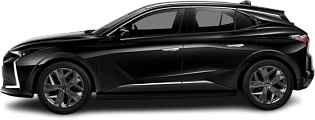
- Produced
- 2025-…
- Real Range
- 392 km
- 0-100 km/h
- 7.1 s
- Price (Europe)
- €45.900
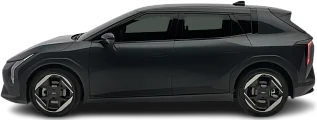
- Announced
- 2025-…
- Real Range
- 349 km
- 0-100 km/h
- 7.4 s
- Price (Europe)
- €39.000
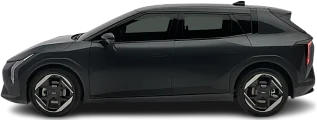
- Announced
- 2025-…
- Real Range
- 502 km
- 0-100 km/h
- 7.7 s
- Price (Europe)
- €44.000

- Discontinued
- 2017-2022
- Real Range
- 337 km
- 0-100 km/h
- 7.1 s
- Price (Europe)
- €16.990

- Produced
- 2023-…
- Real Range
- 363 km
- 0-100 km/h
- 7 s
- Price (Europe)
- €32.990
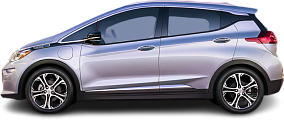
- Discontinued
- 2020-2021
- Real Range
- 396 km
- 0-100 km/h
- 7.2 s
Related Articles

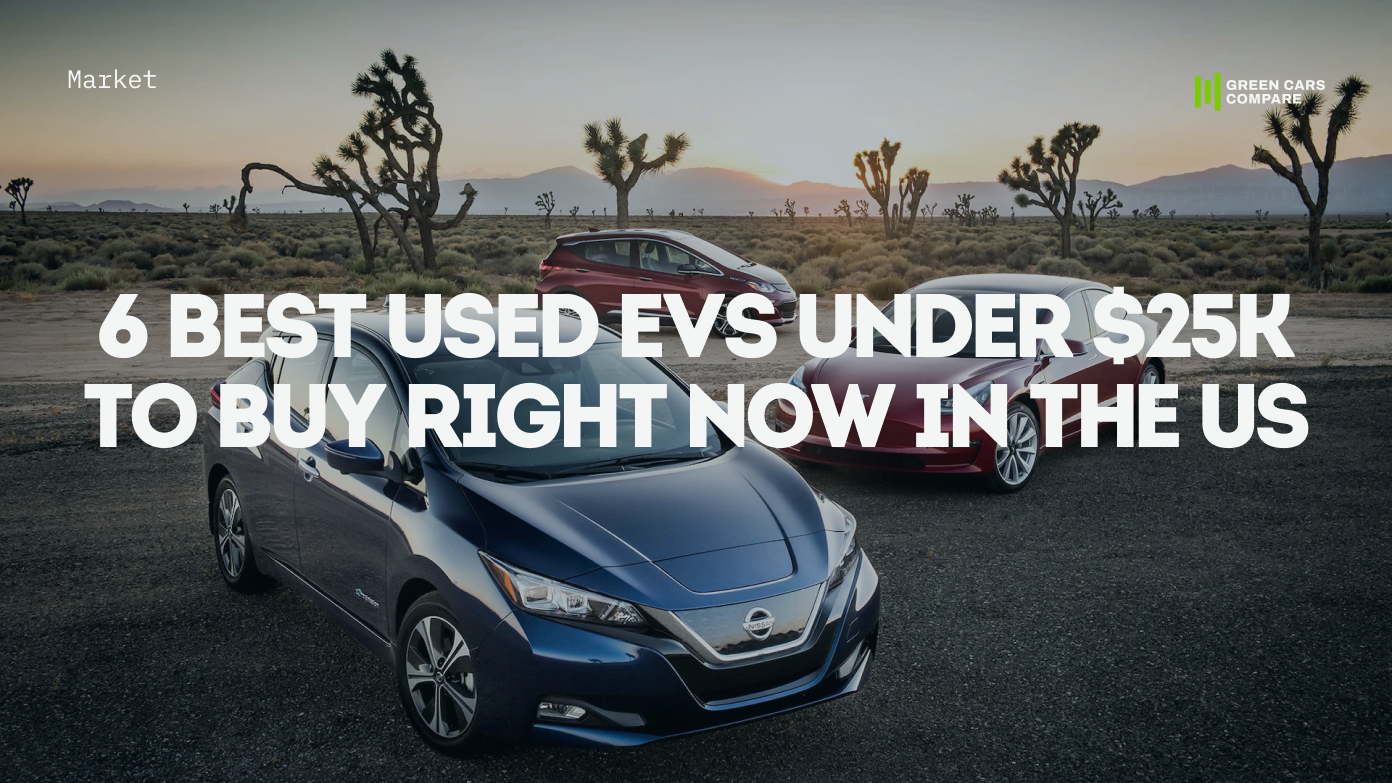
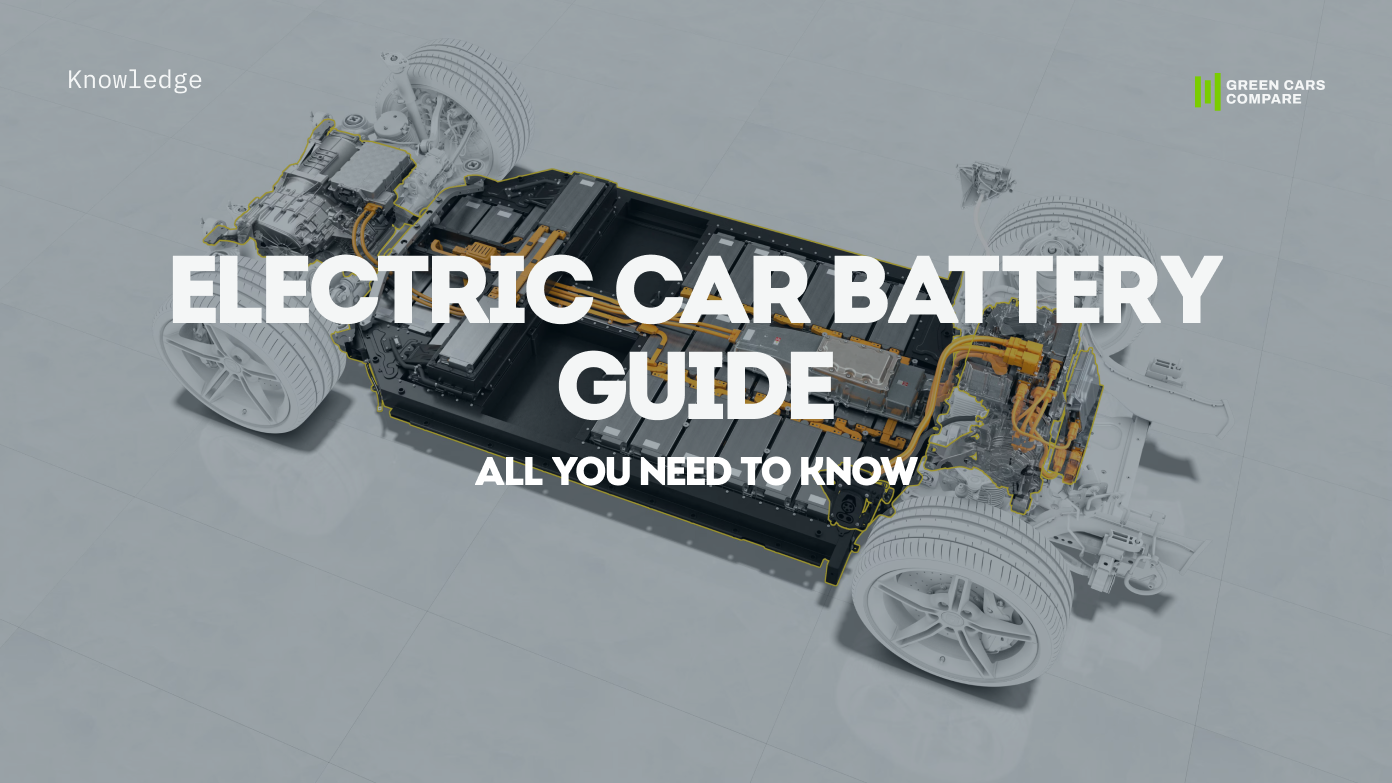





 Nissan Leaf 62 kWh (2017-2022)
Nissan Leaf 62 kWh (2017-2022)  Nissan Leaf 75 kWh (2025-…)
Nissan Leaf 75 kWh (2025-…)